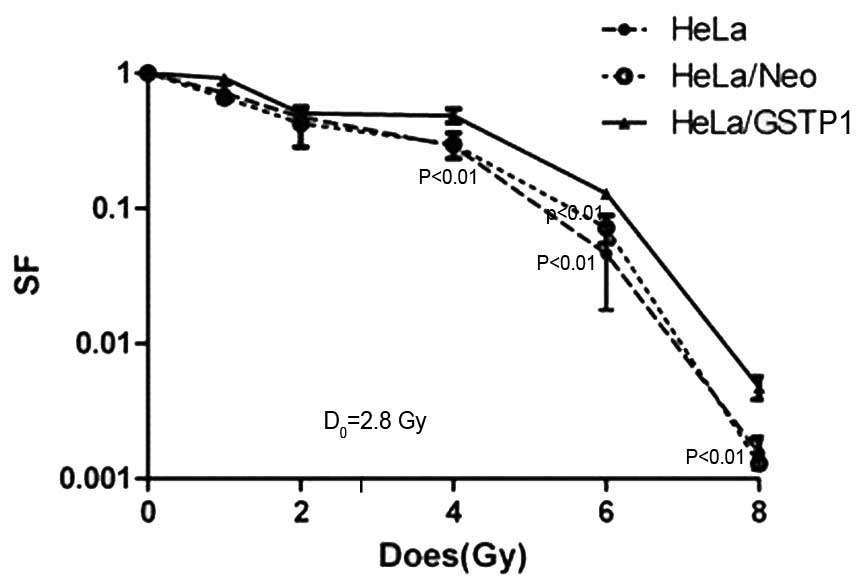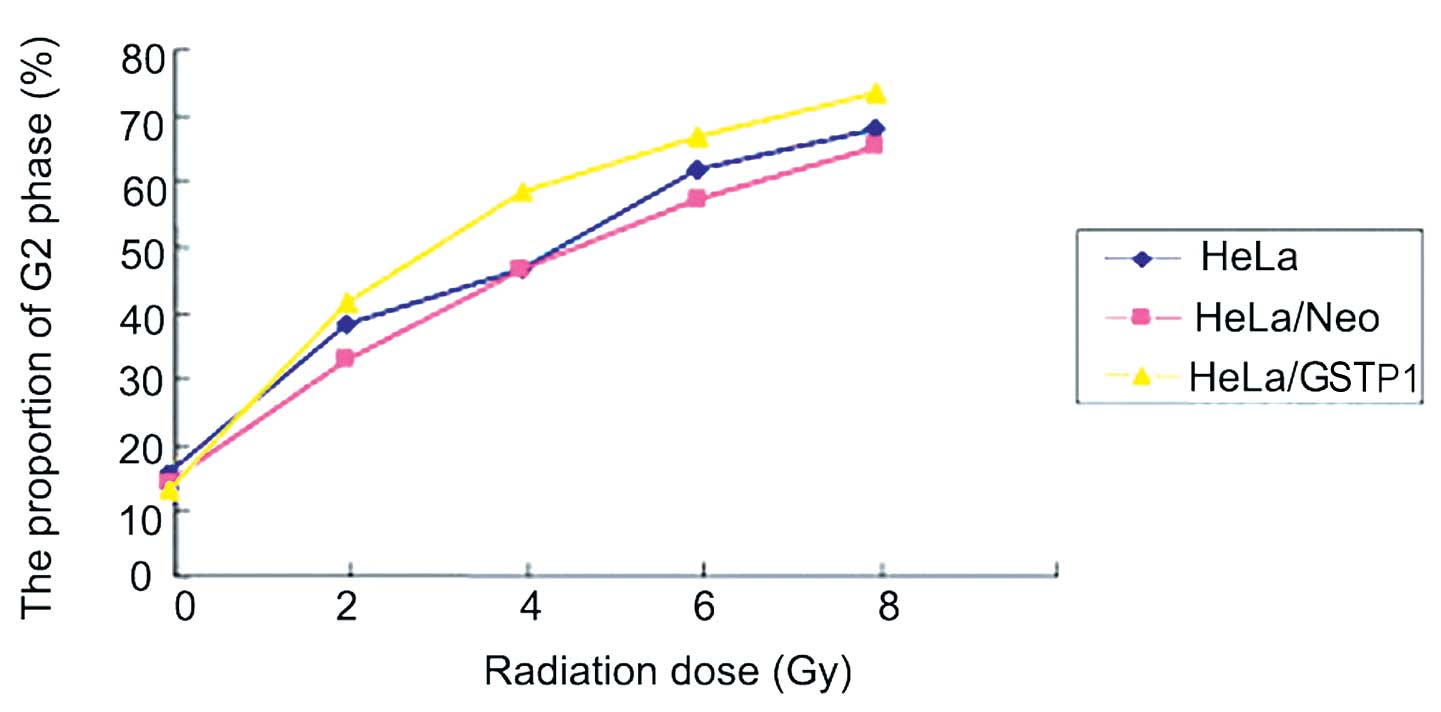|
1
|
Aneja P, Rahman M, Beg S, Aneja S, Dhingra
V and Chugh R: Cancer targeted magic bullets for effective
treatment of cancer. Recent Pat Antiinfect Drug Discov. Apr
15–2015.(Epub ahead of print). View Article : Google Scholar
|
|
2
|
Souza VB, Silva EN, Ribeiro ML and Martins
Wde A: Hypertension in patients with cancer. Arq Bras Cardiol.
104:246–252. 2015.(In English, Portuguese). PubMed/NCBI
|
|
3
|
Gómez-Millán J, Lara MF, Correa Generoso
R, Perez-Rozos A, Lupiáñez-Pérez Y and Medina Carmona JA: Advances
in the treatment of prostate cancer with radiotherapy. Crit Rev
Oncol Hematol. Feb 25–2015.(Epub ahead of print). View Article : Google Scholar
|
|
4
|
Belfatto A, Riboldi M, Ciardo D, et al:
Kinetic models for predicting cervical cancer response to radiation
therapy on individual basis using tumor regression measured in vivo
with volumetric imaging. Technol Cancer Res Treat.
Mar;10:2015.(Epub ahead of print).
|
|
5
|
Jardim BV, Moschetta MG, Gelaleti GB, et
al: Glutathione transferase pi (GSTpi) expression in breast cancer:
an immunohistochemical and molecular study. Acta Histochem.
114:510–517. 2012. View Article : Google Scholar : PubMed/NCBI
|
|
6
|
von Knebel Doeberitz M: New markers for
cervical dysplasia to visualise the genomic chaos created by
aberrant oncogenic papillomavirus infections. Eur J Cancer.
38:2229–2242. 2002. View Article : Google Scholar : PubMed/NCBI
|
|
7
|
Nagle CM, Chenevix-Trench G, Spurdle AB
and Webb PM: The role of glutathione-S-transferase polymorphisms in
ovarian cancer survival. Eur J Cancer. 43:283–290. 2007. View Article : Google Scholar : PubMed/NCBI
|
|
8
|
Wang W, Liu G and Zheng J: Human renal
UOK130 tumor cells: a drug resistant cell line with highly
selective over-expression of glutathione S-transferase-pi isozyme.
Eur J Pharmacol. 568:61–67. 2007. View Article : Google Scholar : PubMed/NCBI
|
|
9
|
Zon G, Barker MA, Kaur P, et al: Formamide
as a denaturant for bisulfite conversion of genomic DNA: Bisulfite
sequencing of the GSTPi and RARbeta2 genes of 43 formalin-fixed
paraffin-embedded prostate cancer specimens. Anal Biochem.
392:117–125. 2009. View Article : Google Scholar : PubMed/NCBI
|
|
10
|
Saxena V, Gacchina Johnson C, Negussie AH,
Sharma KV, Dreher MR and Wood BJ: Temperature-sensitive
liposome-mediated delivery of thrombolytic agents. Int J
Hyperthermia. 31:67–73. 2015. View Article : Google Scholar : PubMed/NCBI
|
|
11
|
Shen Z, Wu X, Wang Z, Li B and Zhu X:
Effect of miR-18a overexpression on the radiosensitivity of
non-small cell lung cancer. Int J Clin Exp Pathol. 8:643–648.
2015.PubMed/NCBI
|
|
12
|
Liu S, Song L, Zhang L, Zeng S and Gao F:
miR-21 modulates resistance of HR-HPV positive cervical cancer
cells to radiation through targeting LATS1. Biochem Biophys Res
Commun. Mar 10–2015.(Epub ahead of print).
|
|
13
|
Hopkins TG, Burns PA and Routledge MN: DNA
methylation of GSTP1 as biomarker in diagnosis of prostate cancer.
Urology. 69:11–16. 2007. View Article : Google Scholar : PubMed/NCBI
|
|
14
|
Yan WL and Huang G: Factors implicated to
radioresistance of breast cancer and their possible roles. Int J
Radiat Med Nucl Med. 30:193–195. 2006.
|
|
15
|
Sartor CI: Epidermal growth factor family
receptors and inhibitors: radiation response modulators. Semin
Radiat Oncol. 13:22–30. 2003. View Article : Google Scholar : PubMed/NCBI
|
|
16
|
Alshatwi AA, Athinarayanan J and Vaiyapuri
Subbarayan P: Green synthesis of platinum nanoparticles that induce
cell death and G2/M-phase cell cycle arrest in human cervical
cancer cells. J Mater Sci Mater Med. 26:53302015. View Article : Google Scholar : PubMed/NCBI
|
|
17
|
Duangmano S, Sae-Lim P, Suksamrarn A,
Patmasiriwat P and Domann FE: Cucurbitacin B causes increased
radiation sensitivity of human breast cancer cells via G2/M cell
cycle arrest. J Oncol. 2012:6016822012. View Article : Google Scholar : PubMed/NCBI
|
|
18
|
Rotili D, De Luca A, Tarantino D, Pezzola
S, Forgione M, Morozzo Della Rocca B, Falconi M, Mai A and Caccuri
AM: Synthesis and structure - activity relationship of new
cytotoxic agents targeting human glutathione-S-transferases. Eur J
Med Chem. 89:156–171. 2015. View Article : Google Scholar : PubMed/NCBI
|
|
19
|
Su F, Hu X, Jia W, Gong C, Song E and
Hamar P: Glutathion S transferase pi indicates chemotherapy
resistance in breast cancer. J Surg Res. 113:102–108. 2003.
View Article : Google Scholar : PubMed/NCBI
|
|
20
|
Zhu J, Tan Y, He L, Si MJ and Yin ZM: A
novel function for glutathione S-transferase π in MAPK pathway. Xi
Bao Sheng Wu Xue Za Zhi. 26:252–256. 2004.(In Chinese).
|













